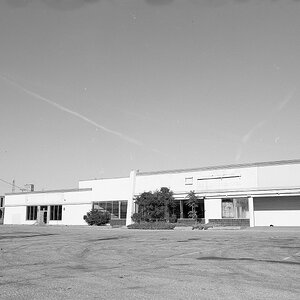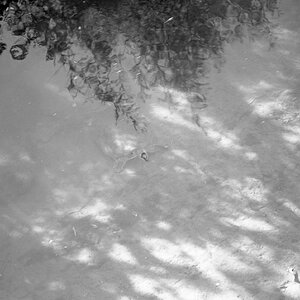Designer
Been spending a lot of time on here!
- Joined
- Apr 13, 2012
- Messages
- 18,505
- Reaction score
- 4,853
- Location
- Iowa
- Can others edit my Photos
- Photos OK to edit
I was actually surprised when our local DNR arrested a man for "baiting" a deer, because there was a salt block on the property, but not near where the deer was shot.
Big surprise to me!
This is the SAME DNR that PAYS people to plant "food plots" for the wildlife. In addition subsidies to plant to cover (reforestation and native prairie) we also got subsidies to plant corn and grain sorghum plots expressly for the deer, turkeys, pheasant, etc. that habituated our property. And we were being paid to do it.
So is the DRN attempting to alter the behavior of wildlife? (yes) For what purpose? (hunters)
Big surprise to me!
This is the SAME DNR that PAYS people to plant "food plots" for the wildlife. In addition subsidies to plant to cover (reforestation and native prairie) we also got subsidies to plant corn and grain sorghum plots expressly for the deer, turkeys, pheasant, etc. that habituated our property. And we were being paid to do it.
So is the DRN attempting to alter the behavior of wildlife? (yes) For what purpose? (hunters)






![[No title]](/data/xfmg/thumbnail/37/37615-78a9bdab877c191919a156f901325ee1.jpg?1619738151)
![[No title]](/data/xfmg/thumbnail/32/32696-92b490fbf42036986e97d5e60ff2b35e.jpg?1619735599)
![[No title]](/data/xfmg/thumbnail/38/38262-10a9668da9a2b36a92cddde57caf87bc.jpg?1619738547)


![[No title]](/data/xfmg/thumbnail/35/35263-86f580cf5d28d23109a45984030a79ad.jpg?1619736968)


![[No title]](/data/xfmg/thumbnail/35/35667-929554d4a99c11e00cc6fb65672d03e0.jpg?1619737090)